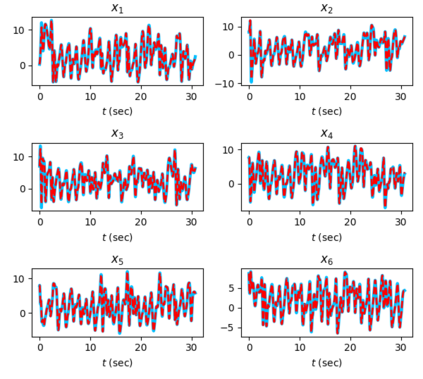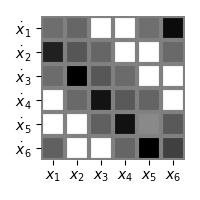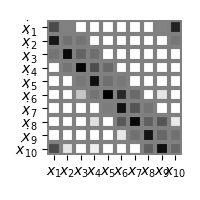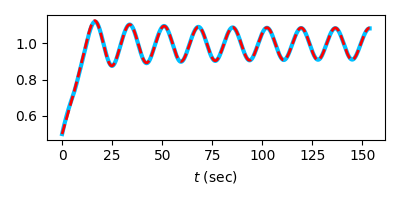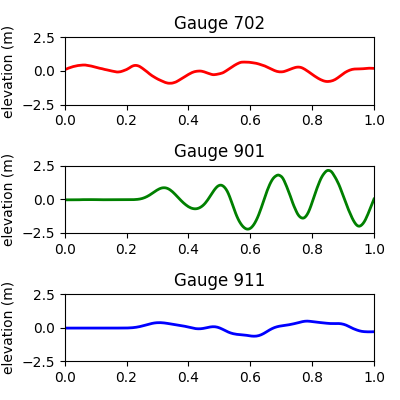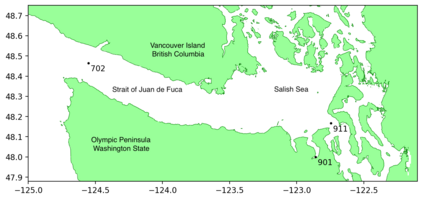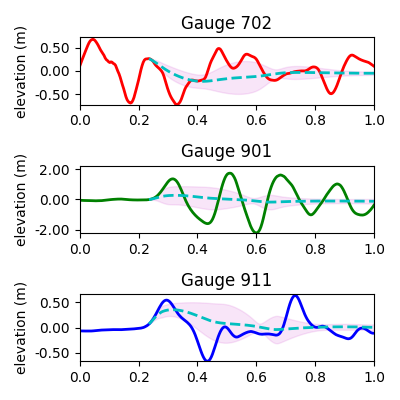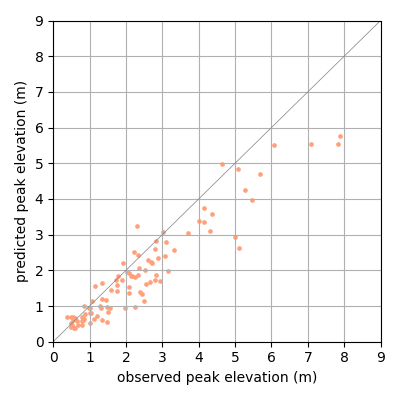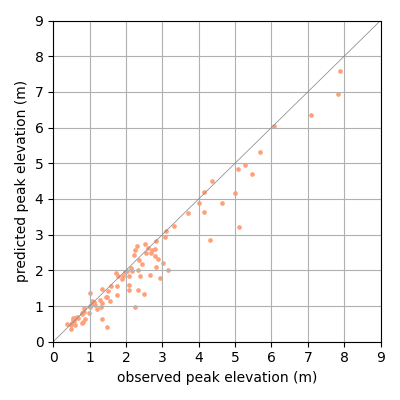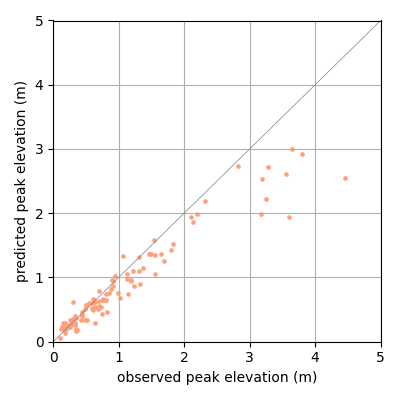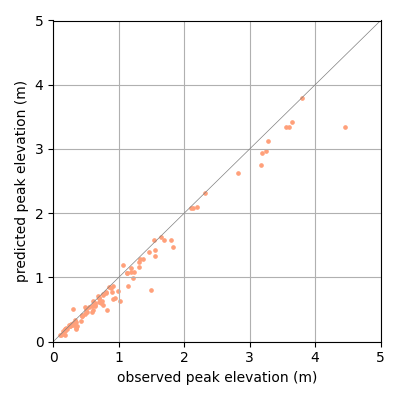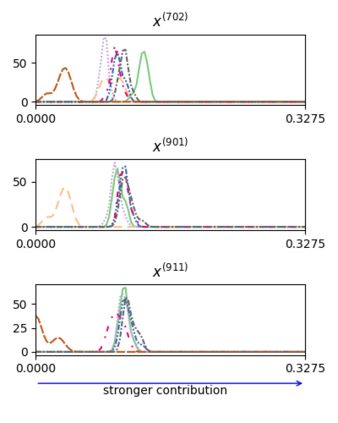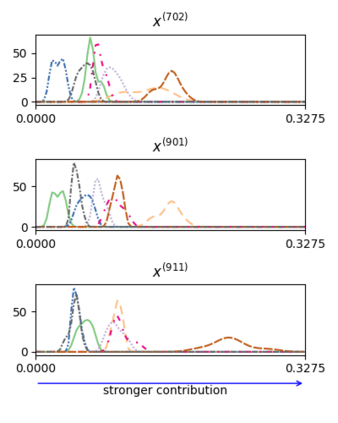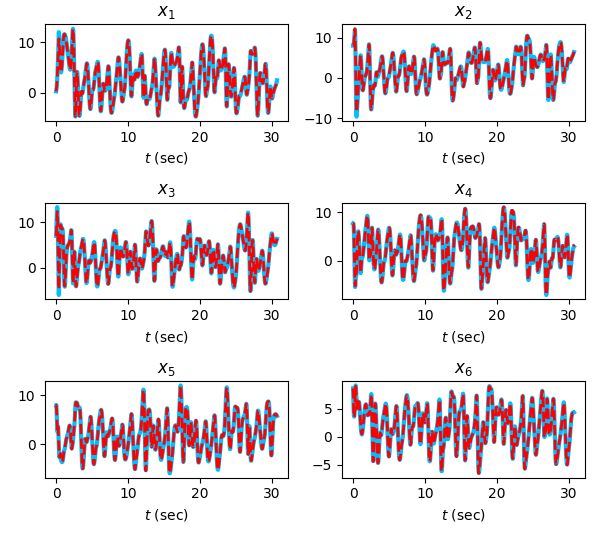Continuous-time dynamics models, such as neural ordinary differential equations, have enabled the modeling of underlying dynamics in time-series data and accurate forecasting. However, parameterization of dynamics using a neural network makes it difficult for humans to identify causal structures in the data. In consequence, this opaqueness hinders the use of these models in the domains where capturing causal relationships carries the same importance as accurate predictions, e.g., tsunami forecasting. In this paper, we address this challenge by proposing a mechanism for mining causal structures from continuous-time models. We train models to capture the causal structure by enforcing sparsity in the weights of the input layers of the dynamics models. We first verify the effectiveness of our method in the scenario where the exact causal-structures of time-series are known as a priori. We next apply our method to a real-world problem, namely tsunami forecasting, where the exact causal-structures are difficult to characterize. Experimental results show that the proposed method is effective in learning physically-consistent causal relationships while achieving high forecasting accuracy.
翻译:持续时间动态模型,如神经普通差异方程式等,使得能够模拟时间序列数据和准确预测中的基本动态。然而,使用神经网络的动态参数化使得人类难以确定数据中的因果结构。因此,这种不透明性阻碍了在以下领域使用这些模型:获取因果关系与准确预测(例如海啸预报)具有同等重要性。在本文件中,我们通过提出一个持续时间模型的采矿因果结构机制来应对这一挑战。我们通过在动态模型输入层的重量中强制施压,对模型进行因果结构的培训。我们首先在时间序列的确切因果结构被称作先验的情况下验证我们的方法的有效性。我们接下来将我们的方法应用于现实世界的问题,即海啸预报,因为精确因果结构难以定性。实验结果显示,拟议方法在学习物理因果关系的同时实现高预报准确性,有效地学习了物理因果关系。

